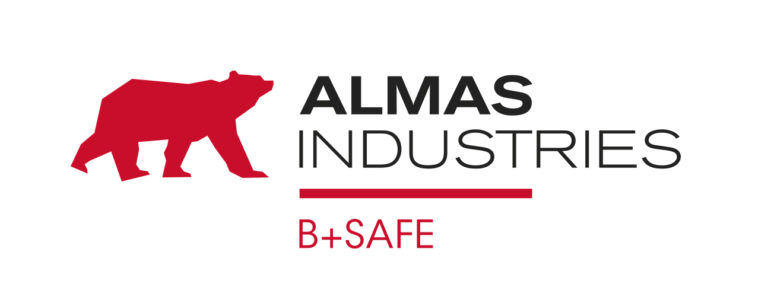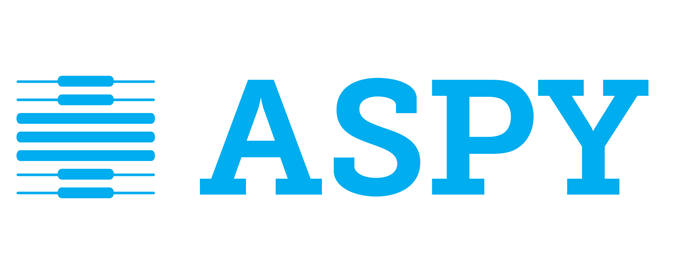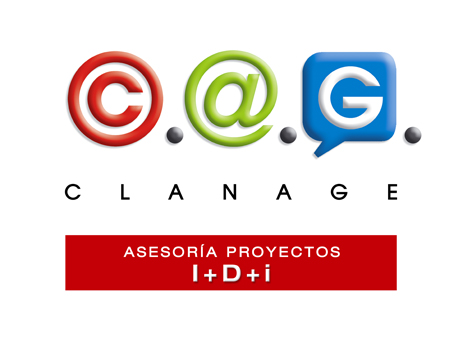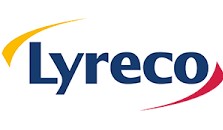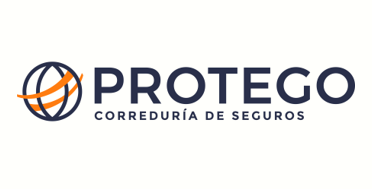The crisis is a fact, the way out uncertain. We see the deadly virus as the very real and almost only truth and act accordingly. Almost every social, commercial and political act today starts from the COVID-perspective. The European Commission reprioritises its major research funding instrument Horizon 2020, the publication of the Commission’s Green Deal Farm to Fork Strategy is delayed and “should reflect the lessons of the COVID-19 pandemic in relation to food security”.
In the meantime, pressure groups use the global crisis to push their own ideological agenda. Animal right movements, but also some scientists and politicians claim (industrial) livestock farming to have a direct link with an increased probability of disease outbreaks impacting on public health.
So the explicit question follows: “Is there a link between the way we rear livestock in Europe and infectious disease outbreaks in humans?”. The short answer is “no”. However, nature is too complex to be captured in one line. Hence, the following.
Our food systems have evolved from subsistence agriculture. The subsistence form of food production, i.e. when people farm a mix of crops and animals to meet their family’s needs, was confronted with regular animal disease outbreaks and was no longer a feasible way to feed the growing population. A series of hunger crises throughout Europe was the point of stronger policy commitment, the development of agricultural and veterinary sciences and (international) trade. These have led to the transformation into a highly specialised and efficient agriculture and have provided us with an uninterrupted supply of affordable, varied and nutritional food ever since.
As food systems have evolved so have epidemic plagues in animals and humans, which have existed for thousands of years. While the ways of containing outbreaks in animals did not change a great deal since centuries (isolating affecting areas, culling sick and suspected animals), we have become much better in disease prevention through biosecurity, vaccination and quicker detection. This has reduced the size of animal disease outbreaks and their geographic expansion. In fact, the larger-scale intensive farms where animals are housed indoors need to, but are also able to, implement biosecurity more effectively than small-holder or extensive farms.
The origin
COVID-19 has once more made clear that we are ALL in the health game together. About two-thirds of human infectious diseases stem from pathogens that also infect domestic and wild animals. However, the majority of human cases are caused by bacteria and parasites and not by viruses, certainly in Europe. And while the majority of new emerging diseases in humans are caused by viruses, they have their origins mostly in wildlife (e.g. Ebola, Zika, SARS, Nipah, HIV and many other viruses) and sometimes in livestock (e.g. avian flu). The risk for viruses jumping from animals to humans has been shown to be highest in forested tropical regions with land use changes, where wildlife biodiversity is high. Habitat encroachment by new human settlements, extraction industries and agricultural expansion do play a role. But it is not by scapegoating farming that such practices will be halted.
Sustainable intensification, along with other food production systems will be key to improving animal management and reducing pressure on the land, while continuing to feed a growing world population. Making sure that biosecurity improvements keep pace with intensification programmes that are happening around the world is one focus area for further improvement in agriculture.
Vaccination is also of great importance
Vaccine use in people, domestic and wild animals has been crucial in our fight against infectious diseases and will continue to play a pivotal role. If we recall the invention of this vaccine technology we are reminded that contact with livestock can also reduce the risk of disease in humans. The invention of vaccines (coming from the word Vacca, cow in Latin) was afterall based on the observation that people living on farms were less affected by the deadly smallpox virus and led to the use of the cowpox virus to protect humans. Interestingly, today similar hypotheses on a potential protective effect against COVID-19, through contact with animal corona viruses are being raised.
Of course, successes in fighting infectious diseases did not make us any less vulnerable to a new pandemic. We are in a permanent race with pathogens that evolve and continue trying to circumvent our control approaches including vaccination, and sometimes the pathogens are successful.
In the hyperconnected world of today, such a success can quickly become a catastrophe. But if we want to relegate such catastrophes to a once-in-a-100-years event or even less frequently, it is crucial to focus actions in the right place.
What we need is continued investment in infectious disease research and support for scientists to decipher molecular immune and resistance mechanisms, as well as development of new generation vaccines and ultra-efficient detection methods.
And this for all infectious diseases because although bacteria and parasites seldom cause a pandemic, the long-term impacts are as large and real. Alongside the research of course there must be investment in health infrastructures for people, biosecurity practices for farms, training of experts in related disciplines, vaccine and diagnostic platforms, and learning how to deal socially with the health risks.
Quoting Paul Stoffels, chief scientific officer at Johnson & Johnson, “we must become as good in detection and anticipation of new pathogens as we are now in building weapons and airplanes”. As studies show that the majority of emerging zoonotic diseases originate in wildlife, this will be challenging, but not impossible. We have more and more knowledge of places where animals and people have high-risk interaction. So, the responsible action is to improve targeted surveillance in hotspot areas so that we can pinpoint dangerous viruses earlier than we do now. Only by believing in our power to adapt and innovate, can we keep pace with the pathogens and build a healthy society where people can enjoy the cultural and natural treasures of life, including safe food!
Johannes Charlier lives in Belgium and is project manager of DISCONTOOLS, a database with research gaps for infectious disease control in animals and founding manager of the animal health research & consulting agency Kreavet.
He obtained a degree in veterinary medicine (2002) and a PhD in veterinary sciences (2007) from Ghent University where he conducted research towards the diagnosis, epidemiology, control and economics of parasitic helminth infections. His research contributions were published in > 80 scientific publications and received several (inter)national awards.
Johannes is also active in the secretariat of the STAR-IDAZ international research consortium on animal health, chairs the COST Action COMBAR “Combatting Anthelmintic Resistance in Ruminants” and acts as (guest-) editor in various scientific journals.

